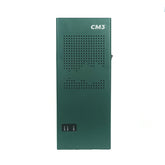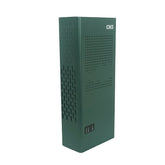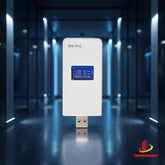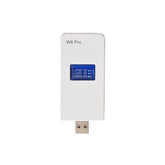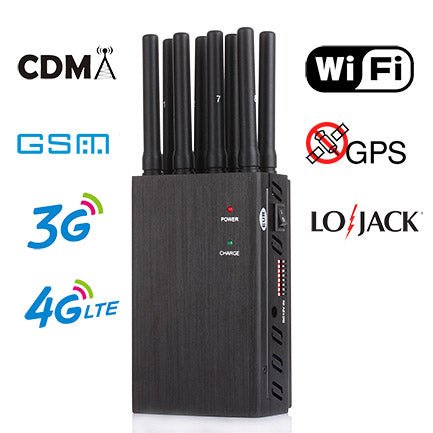Will the effect be better if the omnidirectional antenna of a high-power mobile phone jammer is replaced with a directional antenna?
In order to maximize the interference distance and interference effect of high-power mobile phone jammers, some customers use omnidirectional antennas with high-power jammers. After adopting this approach, the coverage range of the interference signal of the high-power jammer will be centered on the jammer, forming an interference signal coverage area with a radius of tens or even hundreds of meters. This method is generally used in relatively open environments, and the surrounding areas are sparsely populated.
So will the effect be better if the omnidirectional antenna is replaced with a directional antenna?
First answer: At some level, the interference distance will be increased accordingly after the omnidirectional antenna is replaced with a directional antenna. This is because the gain of the directional antenna is much higher than that of the omnidirectional antenna. For modules with the same power, when the omnidirectional antenna and the directional antenna are connected, the received signal strength of the test point is higher when the directional antenna is used at the same test distance than when the omnidirectional antenna is used.
When connected to a directional antenna, the signal transmitted by the RF module will also be transmitted in a directional manner. Since the gain of the directional antenna is higher, the signal strength emitted is stronger, so the transmission distance will be longer. This is why when the same RF module is connected to an omnidirectional antenna and a directional antenna, the interference effect of the directional antenna is better. However, the interference effect outside the angle of the directional antenna will be much weaker, or even no interference signal.
Therefore, whether the mobile phone signal jammer uses an omnidirectional antenna or a directional antenna should be judged and selected based on the actual situation on site.


